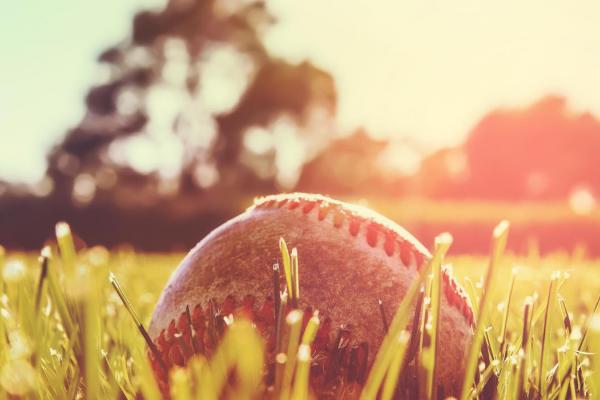Growing up African American in Queens, New York, I had access to the outdoors in many ways — a unique benefit for many African-American children. From childhood, I frequently attended ball games at the Mets’ Shea Stadium, and Brookville Park was quickly accessible on foot or by bike from my home in Rosedale. At both places, I benefited from sunshine and recreation. There, I did not have to worry about resistance or violence. But for many African Americans, access to outdoor and recreational space, including parks, has been complex. My own scholarship has been a study of eco-resistance and violence in green spaces by and against African Americans.
Green spaces hold complicated meaning for many. Enslaved African Americans were hunted down by slaveholders in the woods and swamps by whites who used vicious dogs to tear at the flesh of those captured. The enslaved took the narratives, the stories, using those same spaces to hide for months and even years from slaveholders. Swamps became places of resistance — hiding the enslaved and creating pathways to the plantations to steal the slaveholders’ food and tools.
Consider the Homestead Grays, a Negro baseball league team, in the context of the long history in which when black lives didn’t always matter. Baseball fields became places of eco-resistance. From the early twentieth century, people of African descent were forced to play in a segregated league and often in segregated ballparks. When African-American ballplayers were rejected by whites at white-owned and white-frequented baseball stadiums, African Americans launched the Negro Baseball League. They resisted, fighting for eco-justice, though no such term had been coined during the period, in the baseball parks.
The Grays originated in Homestead in 1912, later moving to downtown Pittsburgh in the 1920s. Homestead evolved into an African-American neighborhood as the mostly white steel industry declined. Now Homestead is an impoverished and predominantly African-American neighborhood looking down at the top of a hill on upscale shopping called the Waterfront at the bottom. Imagine Pittsburgh in the past. Imagine being part of a recreational tradition in which spectators and fans smelled grass and sat in the sunshine on a Saturday afternoon. Negro teams like the Grays resisted by playing baseball games, while affording other African Americans the experience of being in outdoor spaces as spectators in one of the United States’ greatest recreational outdoor sport.
Black lives mattered and African Americans made that happen.
Sadly, a history of resistance has in some instances been replaced by violence. Several months ago, I walked by Frick Park in Homestead, the same borough that birthed the Grays. The park was empty. After my walk, I asked the United Methodist pastor who served in Homestead why the park was empty during the day. I saw no children. I saw no young mothers pushing their babies in strollers. His response was that parents do not allow their children into the parks because of drive-by shootings.
The joy of being outdoors ushered into Homestead by the Grays has been transformed. Homestead’s green space is equated with violence. The benefits numerous Pittsburghers experience on the many trails and parks is elusive to impoverished African Americans in this region and across the country where there is gun violence in or bordering green spaces.
Access to safe green spaces is more available to whites, and the middle and upper classes. Indeed, the latest “fittest cities in the U.S.” tend to also be the wealthiest, according to a recent CityLab analysis.
Where does this leave us? Of course, baseball has been desegregated. African Americans and whites play baseball and sit together at beautiful Pittsburgh PNC Park. Those who can afford the tickets benefit from the eco-resistance of the Negro Baseball League, including the Homestead Grays. Outdoor space has become more equitable in some instances.
Yet in the year 2016, we still live in a nation that is racially and environmentally inequitable with African Americans in danger if they decide to frequent their local parks. Black lives do matter, and our children deserve more. Shouldn’t everyone have a right to equitable safe green space?
Got something to say about what you're reading? We value your feedback!

